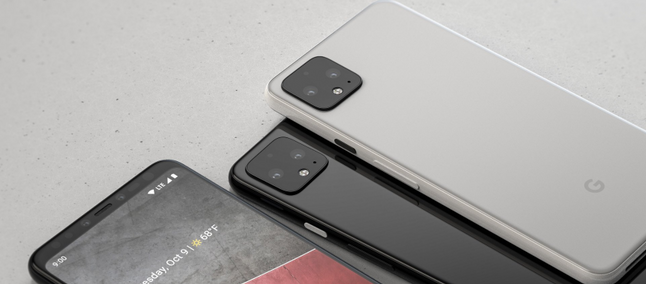 Despite the lack of innovation in recent years, no one can deny that iPhones stand out in photography.
Despite the lack of innovation in recent years, no one can deny that iPhones stand out in photography.
This year’s models will even be able to embark on the fashion of triple lenses, and with a rather eccentric look. But what not everyone knows is that one of the features that make the images of the devices stand out so much is the color profile that lenses in iOS can capture.
Since the iPhone 7, Apple uses the P3 standard, which is capable of capturing 25% more colors than the sRGB, used in Android. That is, on iPhones images with strong tones come out more vivid, and compared to images obtained in the OS of Google – regardless of the device – the latter may appear paler.
HDR is a feature that helps to disguise this, but this is a problem that can be solved soon: a snippet of code in Google Camera indicates that the company will implement this support soon. The novelty, as it is something big, could be announced with Pixel 4, to be released in the second half.
The staff at XDA Developers is the one who raises this possibility and managed to compile a functional version of the application with this feature and showed the impressive difference that the P3 standard should make.
What’s more interesting is that compilations of tests for Pixel 3 already indicated the company’s willingness to do this implementation. For reasons not disclosed their references disappeared when the smartphone was made official, leaving this novelty for some future time.
Another interesting point of this implementation is that it may not be restricted to the Google Camera app, or at least to future industry releases: Android only needs to undergo some adaptations to work with the P3 color profile replacing – or concomitantly – with sRGB, which may mean that current releases will be awarded this feature in the future.
Recommended: Nintendo Switch: future functional port of Android for the console receives more pictures
It is worth remembering, as always, the new model Pixel will bet on photography. For the first time, he’ll bet on multiple lenses and his rear look will also be eccentric. Always well-judged from its single-lens phase, the product may once again pressure competitors to continue improving their optical sensors, a strong trend in recent years in the line-topping market.
Source: www.xda-developers.com